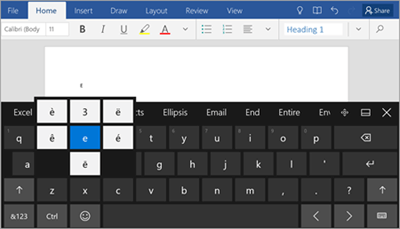

In Modern Greek, this sound is voiced to /z/ before /m/, /n/, /v/, /ð/ or /ɣ/. In both Ancient and Modern Greek, the sigma represents the voiceless alveolar fricative /s/.Of Cyrillic letter es ( С 9th century AD) are derived from lunate sigma. The forms of the Coptic letter sima ( Ⲥ 2nd century BC) and The alternation between three and four (and occasionally more than four) strokes was also adopted into the early runic alphabet (early form of the s-rune).īoth the Anglo-Saxon runes and the Younger Futhark consistently use the simplified three-stroke version. Sigma was adopted in the Old Italic alphabets beginning in the 8th century BC.Īt that time a simplified three-stroke version, omitting the lowermost stroke, was already found in Western Greek alphabets,Īnd was incorporated into classical Etruscan and Oscan, as well as in the earliest Latin epigraphy (early Latin S), such as the Duenos inscription. In unicode, the above variations of lunate sigma are encoded as U+03F9 Ϲ A dotted antisigma ( antisigma periestigmenon, Ͽ) may indicate a line after which rearrangements should be made, or to variant readings of uncertain priority. Similarly, a reversed sigma ( antisigma, Ͻ), may mark a line that is out of place. Today, it is known as lunate sigma (uppercase Ϲ, lowercase ϲ), because of its crescent-like shape, and is still widely used in decorative typefaces in Greece, especially in religious and church contexts, as well as in some modern print editions of classical Greek texts.Ī dotted lunate sigma ( sigma periestigmenon, Ͼ) was used by Aristarchus of Samothrace (220–143 BC) as an editorial sign indicating that the line marked as such is at an incorrect position. This became the universal standard form of sigma during late antiquity and the Middle Ages. In handwritten Greek during the Hellenistic period (4th–3rd century BC), the epigraphic form of Σ was simplified into a C-like shape, which has also been found on coins from the 4th century BC onward. Lunate sigma Ī plaque reading " Metochion of Gethsemane" ( Μετόχιον Γεθσημανῆς) in Jerusalem, with a lunate sigma both at the end and in the middle of the word Alternatively, the name may have been a Greek innovation that simply meant 'hissing', from the root of σίζω ( sízō, from Proto-Greek *sig-jō 'I hiss'). Īccording to one hypothesis, the name "sigma" may continue that of Phoenician samekh ( ), the letter continued through Greek xi, represented as Ξ. Herodotus reports that "san" was the name given by the Dorians to the same letter called "sigma" by the Ionians. Sigma's original name may have been san, but due to the complicated early history of the Greek epichoric alphabets, san came to be identified as a separate letter in the Greek alphabet, represented as Ϻ. The shape (Σς) and alphabetic position of sigma is derived from the Phoenician letter ( shin). 2.2.2 Biology, physiology, and medicine.

Now you can get a λ by typing ⌘+ ⌥+ Space (switch the input layout to Greek) l (actually produce the λ) ⌘+ ⌥+ Space (switch back to whatever layout you were typing in before).I use Command ⌘+ Option ⌥+ Space, which doesn’t (iirc) conflict with any system default shortcuts: add a keyboard shortcut for switching to the most recently-used layout different from the current one, under System Preferences > Keyboard > Shortcuts > Input Sources.Add a Greek keyboard layout to your input sources, under System Preferences > Keyboard > Input Sources:.I frequently need to type isolated Greek letters within a mostly latin-alphabet setting (I’m a mathematician), and I find this setup very convenient With this, it takes just three keystrokes to type a λ (or any other Greek letter). What is your reason for not wanting to switch the entire keyboard binding to Greek? If your reason was just that switching by the menu is a bit cumbersome, then you could set up a keyboard shortcut instead, for very quick layout switching.


 0 kommentar(er)
0 kommentar(er)
